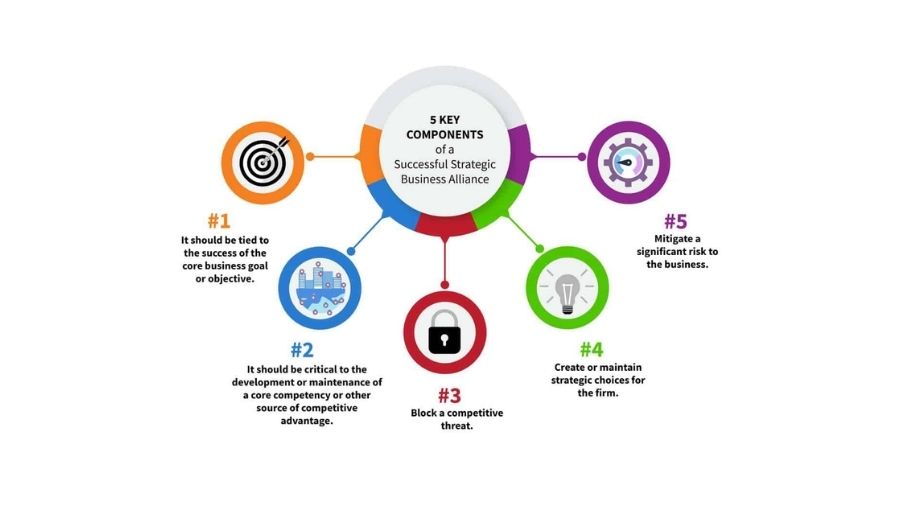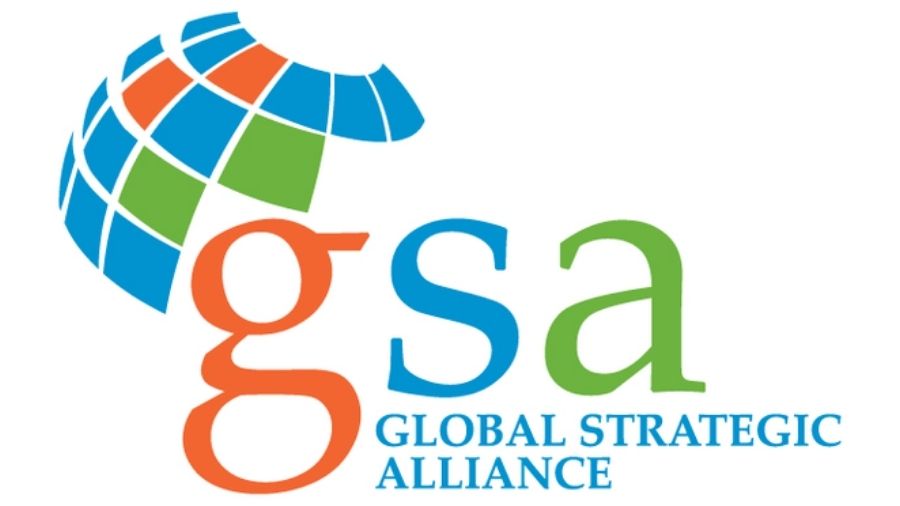If two companies have the same working capacity, they can enter a global Marketplace together. Despite acquiring any one of them, they come into a mutual agreement to work together. This not only improves their working capacity or production but also helps them in many other ways.
Global strategic Alliance can only happen if the two companies are of the same size and value. This enhances their scope of the market. This Global partnership has been successful for many companies around the world.
These companies form a symbiotic relationship that caters to their strategic objectives. The desired outcomes would not have been possible globally if the company had ventured out alone.
It can also be a relationship between two or more companies. The companies generally have a common objective which they fulfill together to become and grow big together.
Still separate entities
The companies and businesses who enter into an Alliance still maintain different entities. Although they have complete control over the partnership, they continue to benefit and contribute to the alliance. The alliance can be terminated at any time with mutual agreement.
It happens between businesses who have the basis of origin in two different parts of the world. For example, a company based in India can have a strategic Global Alliance with a company based in America. This will benefit both by giving them a new Marketplace and diversity in consumers.
Different kinds of strategic alliances
There are different ways in which two companies or more can enter into a strategic Alliance.
In a Joint venture, two companies can come together and form another company in which they have a common objective or goal. The parent companies can have 50- 50 percent of their share or whatever they agree upon.
Two companies can enter into a contractual relationship and put their resources and products to fulfill a common goal. This kind of relationship is called a non-equity strategic Alliance. It can end whenever the goal is attained or when the agreement ends.
Some challenges that a strategic Alliance might face
There is a high chance that a particular company can lie about its abilities. There are also chances that a company lies about its intrinsic value to gain from the other company.
For example, there is a chance that company A lies about their resources to company B to enter into an Alliance.
A company might even fail to put the resources and capabilities that they earlier committed during the agreement. A Partner may fail to give as much to the alliance as the other company reserves.
Partners in the alliance may fail to allocate or effectively and efficiently use their skills or resources.
What value can a strategic Alliance create?

This can improve the state of operations on which a company earlier worked. The Company gets a vast working area or market, making them more competitive.
This also gives the partners an easy exit and entry into the market or the organization.
Alliance gives a healthy working environment to both the companies as they tend to learn and grow. Accompany a might not know an area of expertise that company “B” is perfect. This strategic Alliance makes them learn so much from each other.
What are economies of scale?
If a company gets into a strategic Alliance, it produces more output than earlier. This happens because the workforce and skills of the two companies are combined. Economies of scale are witnessed when the average cost of the total output decreases but the production increases. It increases the scale, which means obtaining cost advantages.
Examples of Global strategic alliances
The people who have a sure Adrenaline Rush made possible the alliance of Red Bull and GoPro. Red Bull and GoPro’s alliance and partnership allowed extreme sports enthusiasts to record their adrenaline-pumping experiences with the most popular sports camera, The GoPro. Red Bull also wanted to target energetic and sporty people to advertise their energy drinks. Uber’s alliance and partnership with Spotify allow Uber riders to quickly and simultaneously stream their Spotify playlists whenever they take a ride. This makes the Uber experience feel more personalized and encourages Uber riders to subscribe to Spotify Premium. This is for more control of their favorite songs both inside and outside Uber.
Uber’s rivals don’t have a similar personalized music experience, so this gives the rideshare giant a competitive advantage over Lyft and other similar services. And since not all Uber riders have Spotify, and not all Spotify users ride with Uber, both brands gain access to new, broad audiences in this business alliance. You have almost certainly heard of the Starbucks and Target partnership. You’ve probably seen this strategic alliance example several times. As soon as you walk into a Target store, there’s a Starbucks counter waiting to blend your favorite Starbucks drink.
Target and Starbucks know their brands share similar audiences – busy shoppers looking for cheap and affordable, sort of “luxuries” and a quick escape from everyday life.
This strategic alliance was formed way back in 1999 and is still going strong. We see thousands of Target stores hosting Starbucks cafes to help fuel people’s Target errands. Target customers know if they get hungry or thirsty during a shopping trip, Starbucks has them covered right in the store. The customers rely on both brands to energize and shop. Both brands cover more of a customer base this way as well.
Also read:
Trump Media and Technology group announces partnership with Rumble Inc.
Table of Contents







Add Comment